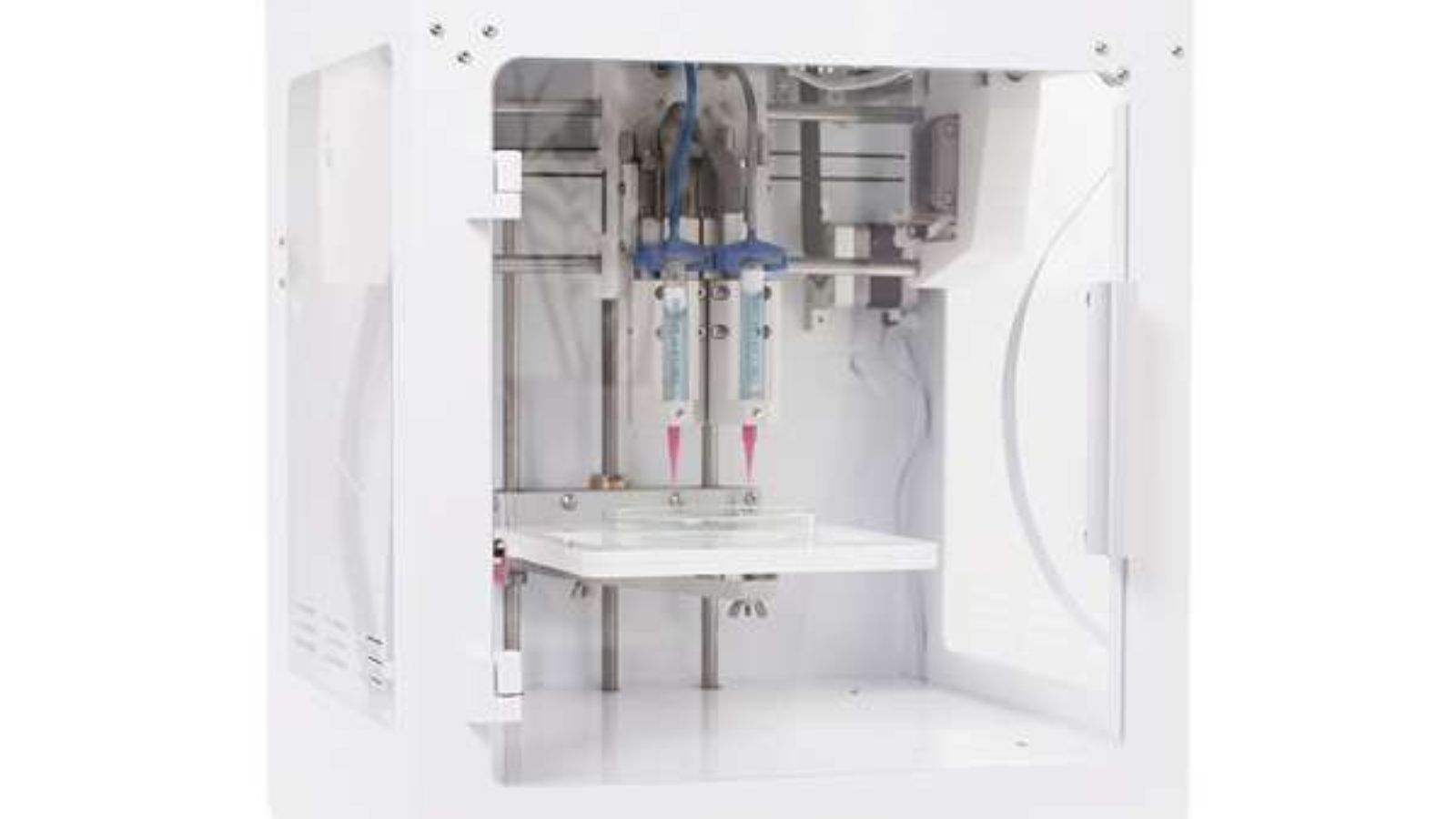Scientists from the Human Genome and Stem Cell Research Center (HUG-CELL) University of São Paulo (USP), have utilized 3D bioprinting to develop functional hepatic organoids, otherwise known as mini-livers.
Made from human blood cells, the mini-livers replicate normal functions such as producing vital proteins, storing vitamins, and secreting bile. Though still leagues away from a full-sized, fully functional organ, the researcher is a fundamental step towards such a challenging goal.
“More stages have yet to be achieved until we obtain a complete organ, but we’re on the right track to highly promising results,” said Mayana Zatz, director of HUG-CELL and last author of the article published in n.
“In the very near future, instead of waiting for an organ transplant, it may be possible to take cells from the patient and reprogram them to make a new liver in the laboratory. Another important advantage is zero probability of rejection, given that the cells come from the patient.”
Liver tissue from patient cells
With the CELLINK INKREDIBLE+ 3D bioprinter, the HUG-CELL team used groups of Human-induced pluripotent stem cells (iPS) in a bioink to produce tissue maintaining hepatic (liver) functions. Ernesto Goulart, a postdoctoral fellow in USP’s Institute of Biosciences and first author of the article, stated:
“Instead of printing individualized cells, we developed a method of grouping them before printing. These ‘clumps’ of cells, or spheroids, are what constitute the tissue and maintain its functionality much longer. We started the differentiation process with the cells already grouped together. They were cultured in agitation, and groups formed spontaneously.”
Manufacturing on Demand
The spheroid formation allowed the team to overcome a common issue in human tissue bioprinting techniques, which involves the gradual loss of contact among cells causing a loss of tissue functionality. According to the study, this occurs in most of the available methods for printing live tissue which use immersion and cell dispersion in a hydrogel to create the necessary microenvironment and tissue functionality.

3D bio-printed mini-livers in 90 days
After producing the 3D bioprinted hepatic tissue, the resulting structures were left to mature in culture for 18 days. The transformed hepatic tissue contained hepatocytes, vascular cells, and mesenchymal cells. Overall, the differentiation, 3D bioprinting, and maturation stages of creating the mini-livers took 90 days. Goulart added:
“Our spheroids worked much better than those obtained from single-cell dispersion. As expected, during maturation, the markers of hepatic function were not reduced. We did it on a small scale, but with investment and interest, it can easily be scaled up.”
The full study is titled, It is co-authored by Ernesto Goulart, Luiz Carlos de Caires-Junior, Kayque Alves Telles-Silva, Bruno Henrique Silva Araujo, Silvana Aparecida Rocco, Mauricio Sforca, Irene Layane de Sousa, Gerson S Kobayashi, Camila Manso Musso, Amanda Faria Assoni, Danyllo Oliveira, Elia Caldini, Silvano Raia, Peter I Lelkes, and Mayana Zatz.
* This article is reprinted from 3D Printing Industry. If you are involved in infringement, please contact us to delete it.
Author: Tia Vialva


Leave A Comment